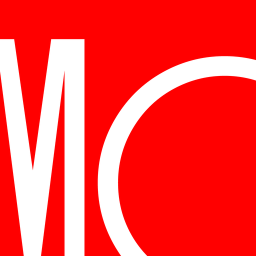JPMorgan Small Cap Value Fund earns a High Process Pillar rating.
The main contributor to the rating is the parent firm's five-year risk-adjusted success ratio of 57%. The measure indicates the percentage of a firm's funds that survived and outperformed their respective category's median Morningstar Risk-Adjusted Return for the period. The parent firm's superior risk-adjusted performance, as shown by its average 10-year Morningstar Rating of 3.3 stars, also strengthens the process. Noteworthy risk-adjusted performance also supports the process, as shown by the fund's five-year alpha calculated relative to the category index, which suggests that the managers have shown skill in their allocation of risk.
This strategy hews closely to the market cap and investment style of its Small Value category peers. Examining additional factor exposure, this strategy has exhibited a tilt toward high-volatility stocks or the shares of companies with histories of the higher standard deviation of returns, compared with Morningstar Category peers in the last few years. Such stocks tend to rise faster and fall harder than the broad market. High-volatility exposure contributes to stronger performance during bull markets, but often at the cost of losing more during downturns. In recent months, the strategy was more exposed to the Volatility factor compared with its Morningstar Category peers as well. This strategy has also tilted toward low-quality stocks, companies with higher financial leverage and lower profitability over peers in recent years. Such positions do not tend to provide much ballast for a portfolio. Similarly, in recent months, the strategy also had less exposure to the Quality factor than peers. In addition, this strategy holds highly liquid companies. Such stocks may have less potential upside than illiquid holdings, but they are easier to trade during market downturns. In this month, the strategy also had more exposure to the Liquidity factor over its peers. More information on a fund and its respective category's factor exposure can be found in the Factor Profile module within the Portfolio section.
The portfolio is overweight in real estate and healthcare relative to the category average by 5.6 and 3.7 percentage points, respectively. The sectors with low exposure compared to category peers are industrials and consumer cyclical, underweight the average by 5.2 and 4.8 percentage points of assets, respectively. The portfolio is positioned across 371 holdings and is less top-heavy than peers. Specifically, 9.1% of the portfolio's assets are concentrated within the top 10 fund holdings, as opposed to the typical peer's 28.1%. And in closing, in terms of portfolio turnover, looking at year-over-year movements, 79% of the fund's holdings have changed, whether through increasing, decreasing, or changing a position.

